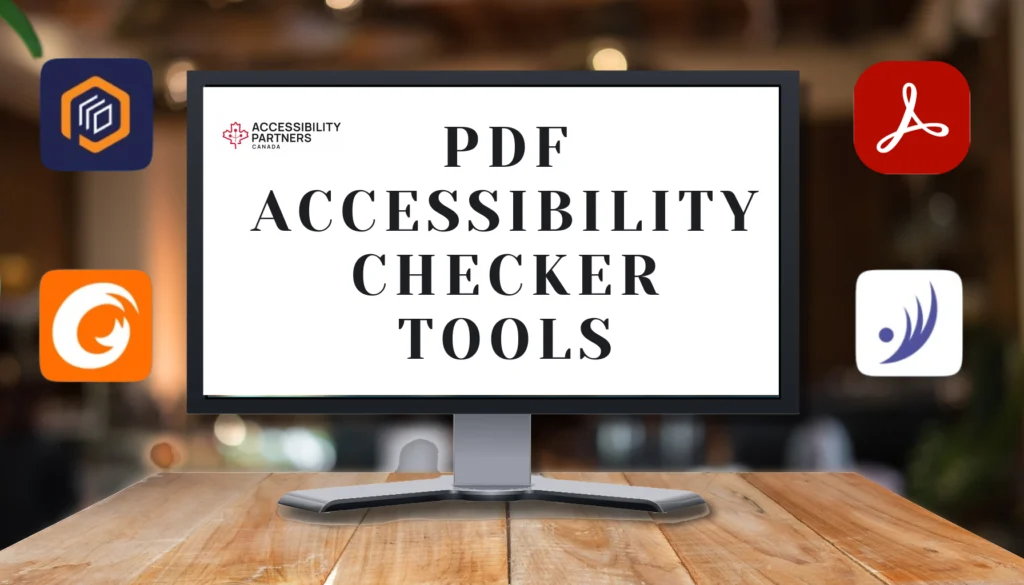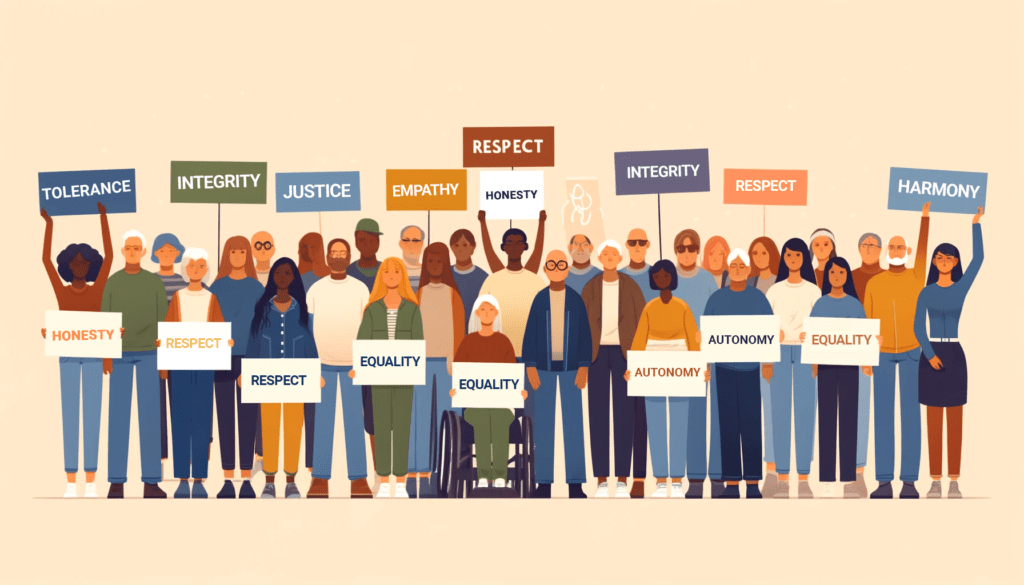6 Simple and Helpful PDF Accessibility Checkers Tools to Know
In an increasingly digital world, it’s crucial to ensure that information shared online is accessible to everyone. This includes emails, articles on websites, and especially PDF files. PDF files have become popular for sharing information because they can be accessed anywhere, making it quick and easy to provide documents to people.









